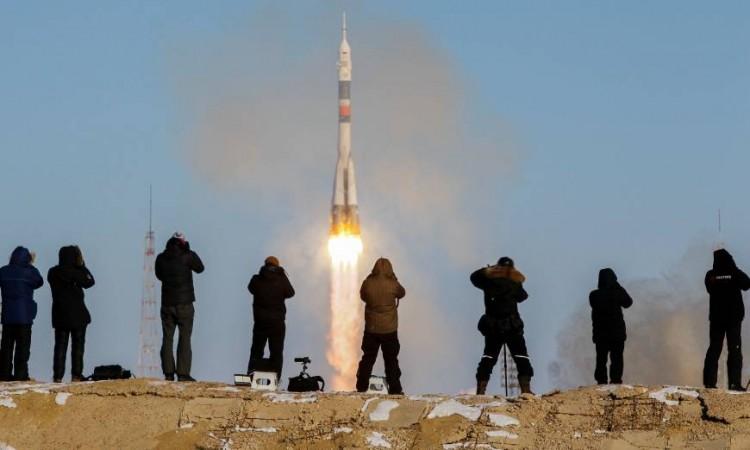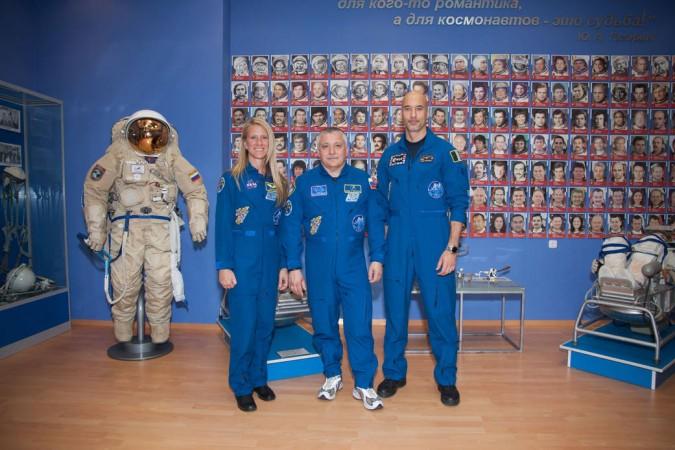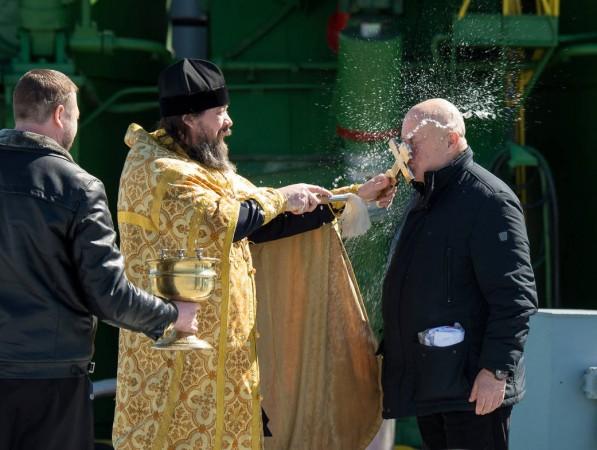
Russia is one of the foremost contenders when it comes to space missions and explorations as the erstwhile Soviet Union had managed to launch the first ever artificial Earth satellite into an elliptical low orbit of Earth in 1957.
Even the first man to ever travel beyond our home planet was a Russsian. Pilot and cosmonaut Yuri Gagarin had become the first man to start the space journey of the human kind by completing orbiting the Earth in his Vostok spacecraft on 12 April 1961.
Interestingly, Russian astronauts, to date, follow similar traditions before taking off on a space flight. While they closely follow what Yuri Gagarin had done before his flight, over the years, they have also added some new activities.
Here are some of the interesting rituals and traditions that every Russian astronaut at the Baikonur Cosmodrome follows before reaching for the stars.
Honoring the legacy of Yuri Gagarin

While prepping up for the upcoming missions, every Russian astronaut finds some time to honor Yuri Gagarin. Gagarin had died in the year of 1968 in an airplane crash. The remains of Yuri Gagarin were buried in a Kremlin wall. So, before heading towards the Baikonur Cosmodrome for the final takeoff, the Russian astronauts visit the place and put red carnations at the bottom of the wall.
Raising the national flag


All the Russian astronauts take off for a space mission from Kazakhstan's Baikonur Cosmodrome aboard the Soyuz rockets. Around five days before the final launch, the cosmonauts participate in a national flag-raising ceremony, which represents Russia's contribution in the concerned mission.
Tree planting


Baikonur has a place named Cosmonaut Alley, which is actually a grove of trees and all these trees were planted by the prime and backup crew members, who have flown from the facility to space. Yuri Gagarin was the first astronaut to plant a tree at this place and that tree still stands strong there. All the crew members of a mission, even the ones from different countries, take part in this tree planting ritual.
Signing names

Ahead of the final launch the astronauts take a tour of the Baikonur's Korolev Museum. The museum has been named aster Sergei Pavlovich Korolev, one of the lead rocket engineers during the early days of space exploration. Here the Russian and other countries' astronauts, sign their names.
Crew never watch the rocket

Two days before a launch the engineers at the Baikonur Cosmodrome roll out the Soyuz rocket. However, the crew members that are supposed to travel aboard that rocket do not watch it at the time of the rollout, as that is believed to bring bad luck. On the other hand, guests, who come to watch the erection and rollout of the rocket coins tracks and get it flattened when the locomotive goes by, which they believe bring good luck.
Haircut and movie night

Two days before the final takeoff, the astronauts go for a haircut. After that, on the night before the launch, they watch a 1969 Russian film, named "White Sun of the Desert." This tradition is considered to bring good-luck. Then, on the D-Day, they sign their names on the doors of the Cosmonaut Hotel rooms, where they stay prior to the launch.
Blessings

Before every launch, an Orthodox priest blesses the Soyuz rocket and the cosmonauts. This actually didn't happen before Gagarin's mission in 1961. Rather, it started from 1994, when Alexander Viktorenko, Soyuz TM-20 flight's commander, asked for the blessings of a priest before taking off to the Russian space station Mir. He stayed there in space for 169 days.











